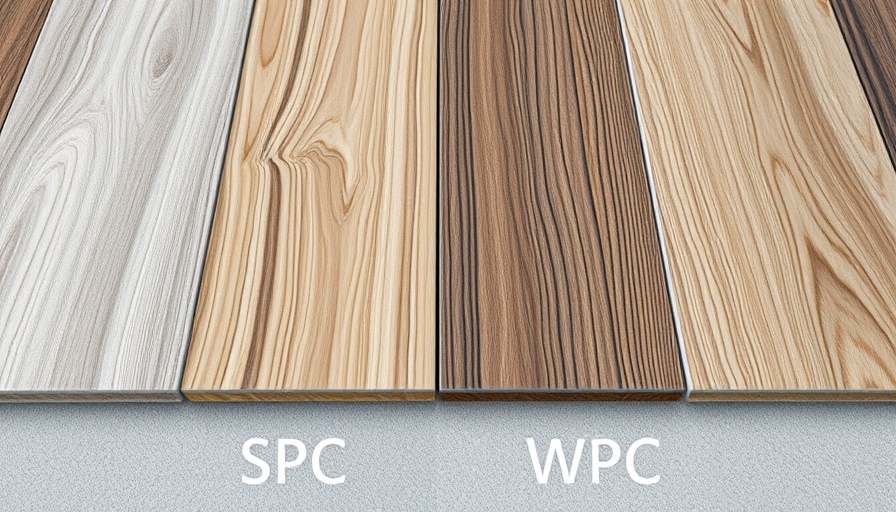
SPC vs WPC Flooring: A Comprehensive Guide
When it comes to flooring, choosing the right material can be daunting, particularly with the plethora of options available in today's market. Among these choices, Stone Plastic Composite (SPC) and Wood Plastic Composite (WPC) have emerged as frontrunners in the realm of vinyl flooring. Both options boast remarkable water resistance, durability, and aesthetic appeal, yet they cater to different needs and preferences.
The Core Composition: SPC vs WPC Explained
Understanding the fundamental differences between SPC and WPC requires diving into their unique compositions. SPC flooring features a sturdy core made from stone powder and plastic, giving it exceptional stability and resilience. This rigid core allows SPC flooring to withstand high levels of moisture, making it an ideal option for areas prone to spills and water exposure, such as kitchens and bathrooms.
In contrast, WPC flooring, composed of a combination of wood fibers and plastic, offers a softer underfoot feel. While it retains water resistance, it is more suitable for residential settings where comfort is prioritized. The structure of WPC allows for greater flexibility, resulting in a warmer feel underfoot, making it a favorite for living rooms and bedrooms.
Comfort Factor: How Do They Feel?
One significant distinction between SPC and WPC lies in their comfort levels. Those who prioritize durability and hardness will likely gravitate towards SPC, which is designed to endure the rigors of daily life without losing its integrity. However, its inflexible nature can feel cold underfoot, especially in winter months.
On the other hand, WPC offers a more cushioned experience, lending a soft touch that can make a home feel cozier. This flexibility and warmth make WPC particularly appealing for families and those seeking a comfortable living environment.
Comparative Costs: Which Option Fits Your Budget?
Price often plays a critical role in the decision-making process. Generally, WPC is considered more expensive than SPC due to its enhanced comfort features and softer composition. While the initial investment for WPC may be higher, homeowners may find the investment worthwhile for enhanced comfort and a luxurious look.
SPC, while more budget-friendly, offers many of the same functional benefits as WPC without the premium price tag. Homeowners looking to upgrade their flooring without breaking the bank may find SPC a suitable alternative that doesn't skimp on style or performance.
Installation Considerations: DIY or Professional Help?
Both SPC and WPC can typically be installed as a DIY project, thanks to their click-lock installation methods. This feature makes the flooring accessible to homeowners eager to take on their projects. However, professional installation might be beneficial, especially if you are unfamiliar with flooring techniques or if your space involves intricate layouts or patterns.
Before settling on a flooring type, it's wise to consider the long-term maintenance and care needed for each. PCP floors often require less upkeep compared to WPC, making them an excellent choice for busy households.
Emotional Value and Aesthetic Appeal
Ultimately, the choice between SPC and WPC also comes down to personal aesthetic preferences. SPC can mimic the natural beauty of stone or wood, while WPC often simulates wood textures more authentically. Whichever option you choose, thoughtful selection can harmonize your flooring with your home's design, reflecting your personality and style.
Conclusion: Making the Right Choice for Your Home
When weighing the benefits of SPC versus WPC flooring, consider the environment and purpose of the space. Both options have their unique advantages, catering to different preferences and needs. Taking into account factors such as comfort, durability, aesthetics, and budget can guide you toward a decision that boosts the beauty and functionality of your home.
 Add Row
Add Row  Add
Add 




Write A Comment